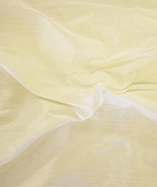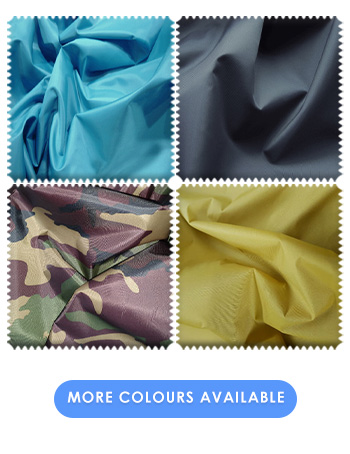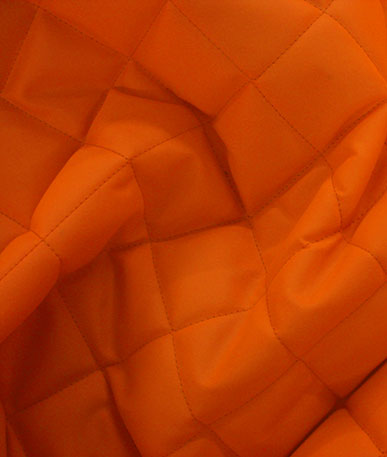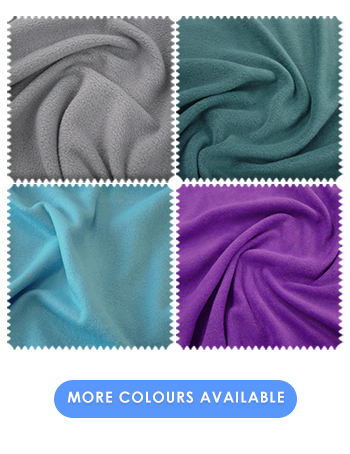| For Help & Orders call us on : 0121 359 2349 | Deliveries delays & Information read here |
Interior Design
In interior design projects, designers often use fabric to add color and texture to a room or to draw the eye to specific features. In addition to being aesthetically pleasing, however, fabric used in room decoration must hold up to the stresses of its environment, which means that interior designers must consider several factors when choosing cloth for a project, including functionality, durability, and cost.
Functionality in Fabrics for Interior Design
Fabrics used on sofas, chairs, and other high-traffic areas of a house must be able to handle the  stresses of repeated use and, in some cases, abuse (including drink spills or animal scratching). Cotton or polyester blends, chiffon, olefin, and microfibers tend to work best for often-used furniture because they combine resilience with comfort. Silk and rayon tend to wrinkle more easily, and so are best reserved for low-traffic areas and non-impact uses.
stresses of repeated use and, in some cases, abuse (including drink spills or animal scratching). Cotton or polyester blends, chiffon, olefin, and microfibers tend to work best for often-used furniture because they combine resilience with comfort. Silk and rayon tend to wrinkle more easily, and so are best reserved for low-traffic areas and non-impact uses.
To determine what kind of functionality an area needs, interior designers and decorators should consider who will be using an item (children? retirees? pets? commercial or residential applications?), how often, and for what purposes.
Durability in Fabrics for Interior Design
Fading and staining have a disastrous effect on fabric, making them appear worn out before their time. Because of this, interior decorators must factor in a fabrics ability to be washed and its likelihood of fading into any decorating choice. While cotton and cotton blends tend to provide high durability, they are also susceptible to staining, making them poor options for areas with lots of sunlight.
Synthetic fabrics (including olefin, polyester, and nylon) often hold their color better, but some (including acrylic) will pill or deteriorate with improper cleaning.
To determine the durability needs of a fabric, interior designers and decorators must consider the environment (including presence of light and moisture) and likely stresses (including spills).
Cost of Fabrics for Interior Design
Interior design fabrics consist of those made from natural fibers, those made from synthetics, and those that blend the two. Thanks to modern technology, all three types offer high-quality, attractive options; the price of a fabric will depend largely on the degree of quality a designer selects.
Decorators should keep in mind that the total cost of a fabric includes the cost of cleaning and maintaining it, along with the likelihood that it will need to be replaced within a few years.
Other Considerations When Decorating with Fabric
Decorating with fabric can be an inexpensive way to update or change a room’s look, especially when fabric is used on accent pieces such as throw pillows or lampshades. Those new to interior design should take some time to learn how various textures, weights, patterns, and colors can work together (or fight with each other) to create a desired atmosphere.
































